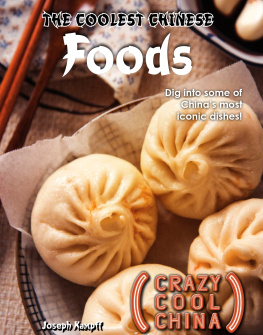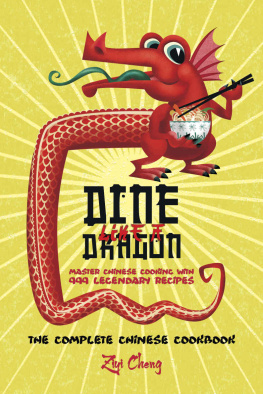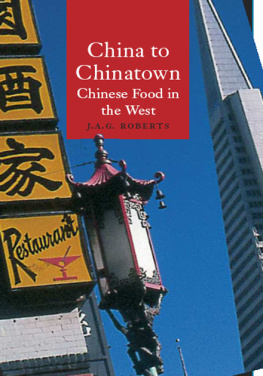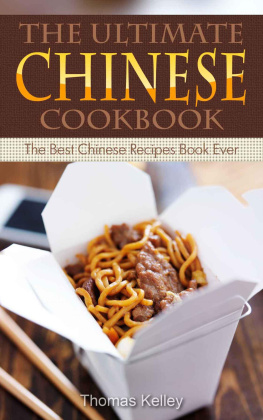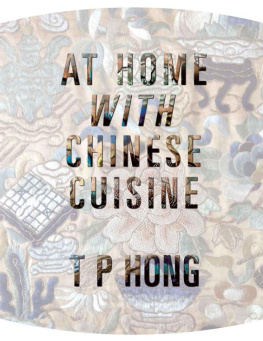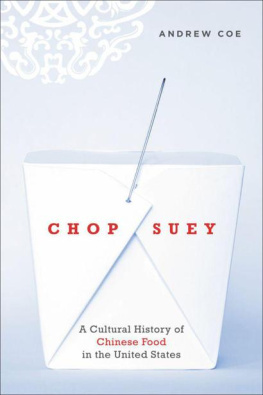Published in 2022 by The Rosen Publishing Group, Inc.
29 East 21st Street, New York, NY 10010
Jointly published in 2022 by Sinolingua Co.,Ltd., Beijing, China, and The Rosen Publishing Group, Inc., New York, New York, United States.
All rights reserved. No part of this book may be reproduced in any form without permission in writing from the publisher, except by a reviewer.
First Edition
Editor: Joseph Kampff
Designer: Rachel Rising
Photo credits: Cover Maggiezhu/Shutterstock.com; cover, pp. 148 Sylfida/Shutterstock.com; cover,pp. 1, 3, 4, 6, 10, 14, 18, 22, 26, 30, 34, 38, 42 CkyBe/Shutterstock.com; pp. 4, 6, 10, 14, 18,22, 26, 30, 34, 38, 42 photosync/Shutterstock.com; p. 5 https://en.wikipedia.org/wiki/File:Carving_up_our_duck.jpg; p. 7 bonchan/Shutterstock.com; p. 8 feiyuezhangjie/Shutterstock.com; p. 11 K321/Shutterstock.com; p. 12 Chzu/Shutterstock.com; p. 15 TYSB/Shutterstock.com; p. 16 Carrie Fereday/Shutterstock.com; p. 19 Yeo Jung Kim/Shutterstock.com; p. 20 norikko/Shutterstock.com; p. 23 BrentHofacker/Shutterstock.com; p. 24 kungfu01/Shutterstock.com; p. 27 https://en.wikipedia.org/wiki/File:Charsiubaau_Secondary.jpg; p. 28 TMON/Shutterstock.com; p. 31 Narsil/Shutterstock.com; p. 32Indian Food Images/Shutterstock.com; p. 35 Kia Nakriz/Shutterstock.com; p. 36 anythings/Shutterstock.com; p. 39 peacefoo/Shutterstock.com; p. 40 Adam Melnyk/Shutterstock.com; p. 43 Yank Yidong/Shutterstock.com.
Some of the images in this book illustrate individuals who are models. The depictions do not imply actual situations or events.
Library of Congress Cataloging-in-Publication Data
Names: Kampff, Joseph, author.
Title: The coolest Chinese foods / Joseph Kampff.
Description: New York : Rosen Publishing, [2022] | Series: Crazy cool China
| Includes bibliographical references and index.
Identifiers: LCCN 2021050349 (print) | LCCN 2021050350 (ebook) | ISBN
9781499472431 (library binding) | ISBN 9781499472424 (paperback) | ISBN
9781499472448 (ebook)
Subjects: LCSH: Food habits--China--Juvenile literature. |
Chinese--Food--Juvenile literature.
Classification: LCC GT2853.C6 K36 2022 (print) | LCC GT2853.C6 (ebook) |
DDC 394.1/20951--dc23/eng/20211021
LC record available at https://lccn.loc.gov/2021050349
LC ebook record available at https://lccn.loc.gov/2021050350
Manufactured in the United States of America
CPSIA Compliance Information: Batch #CSRYA23. For further information, contact Rosen Publishing, New York, New York, at 1-800-237-9932.
China is one of the oldest continuous cultures in the world. Its one of the worlds largest countries in terms of land mass. With well over a billion people, its the most populous country on the planet. And there are over 40 million overseas Chinese spread throughout the world. China is massive in every way. And this includes Chinese cuisine , both in China and in the places where Chinese culture has traveled.
There is a huge variety of Chinese foods. One of the reasons for this is the number of ingredients available to Chinese cooks. If it's edible, Chinese cooks have figured out how to make it delicious. The secret to this is balancing the five flavors our tongues taste: bitter, salty, sour, sweet, and umami . Chinese cooks build their dishes according to how each ingredient balances with the others. If there's too much acidity, for example, they'll add something sweet.
Chinese food culture is everywhere. Its tempting to see this as a recent phenomenon with, for example, the late 20th and early 21st century explosion in interest in Chinese food in the United States. But this has always been the case. Throughout world history, Chinese cuisine has flourished in China at the same time as it has spread to and influenced other cultures. Today, essential Chinese ingredients (soy sauce, tofu, and five-spice powder), dishes (hot dumplings, Peking duck, and especially hot pot), and cooking tools (wok, cleaver, and chopsticks) are common in restaurant and home kitchens around the world. Chinese food is a worldwide cuisine.
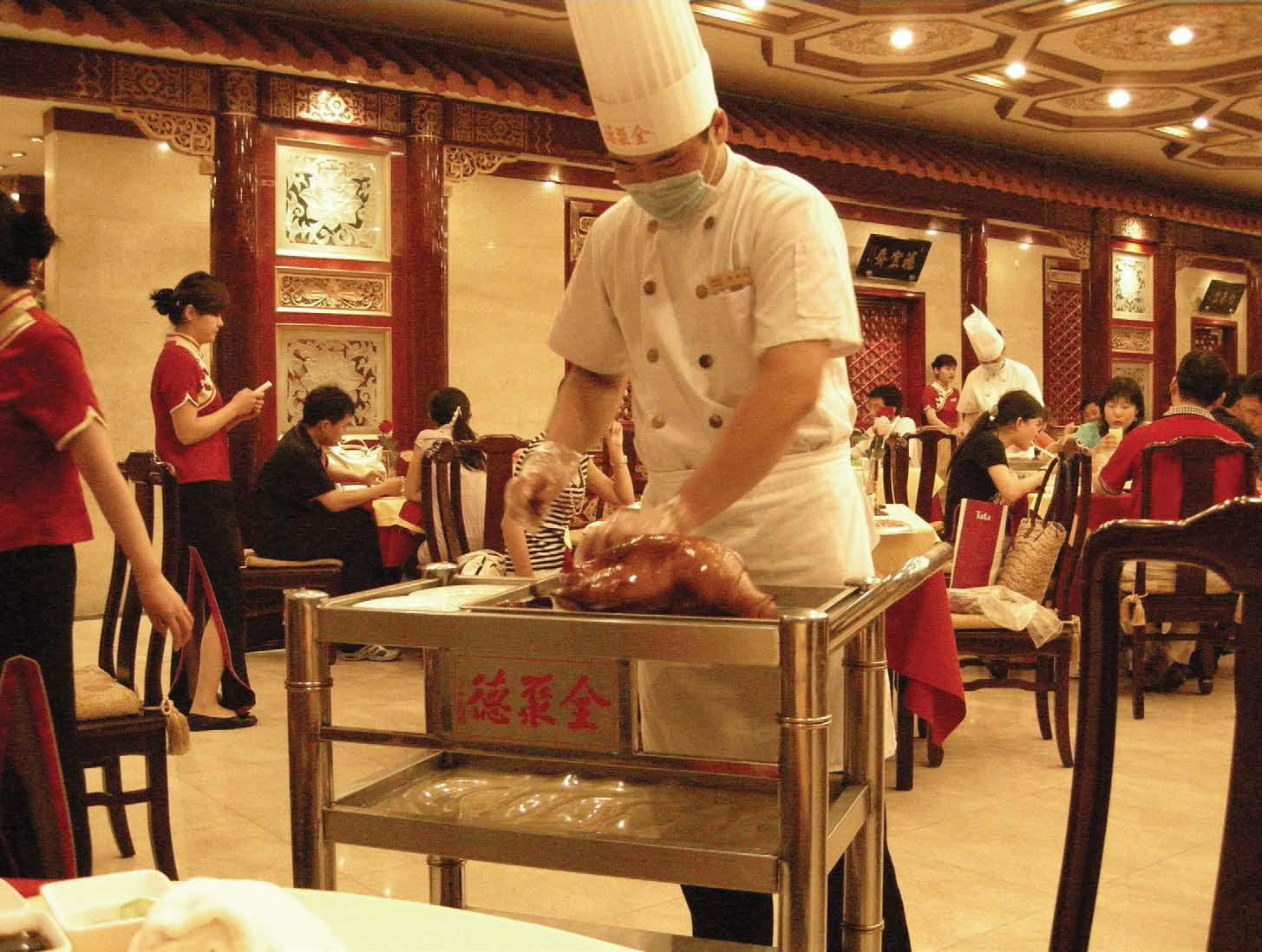
A chef carves Peking duck at the world-famous Beijing restaurant Quanjude.
Its hard to imagine Chinese food without rice. Rice is such an important staple food in China that the Chinese word fan means both meal and rice. And the Chinese have farmed rice for a long, long time. Archaeological evidence shows that rice cultivation has been practiced in China for around 10,000 years. The Chinese were also the first to perfect the method of growing rice in rice paddies in the Yangtze valley. Today China is still the worlds largest producer of rice. It grows more than 200 million tons of rice a year.
About two-thirds of Chinese territory is mountainous. To solve the problem of growing crops on mountainous terrain, the Chinese have used terraced farming. To create a terraced farm system, farmers cut a series of steps, or terraces, in the side of a mountain or hill. When it rains, the soil is carried into the lower terraces instead of all the way down the slope. The rice terraces in China aren't just useful for agriculture, they're also beautiful tourist destinations.
One of the most famous rice dishes in China is Yangzhou fried rice. There are a couple stories about the origins of fried rice. One says that it began with Emperor Yang of the Sui dynasty (581-618 CE), who brought the dish to Yangzhou. But the origins of fried rice probably have to do with Chinese people not wanting to waste food. Fried rice is an excellent way to reuse day-old rice.
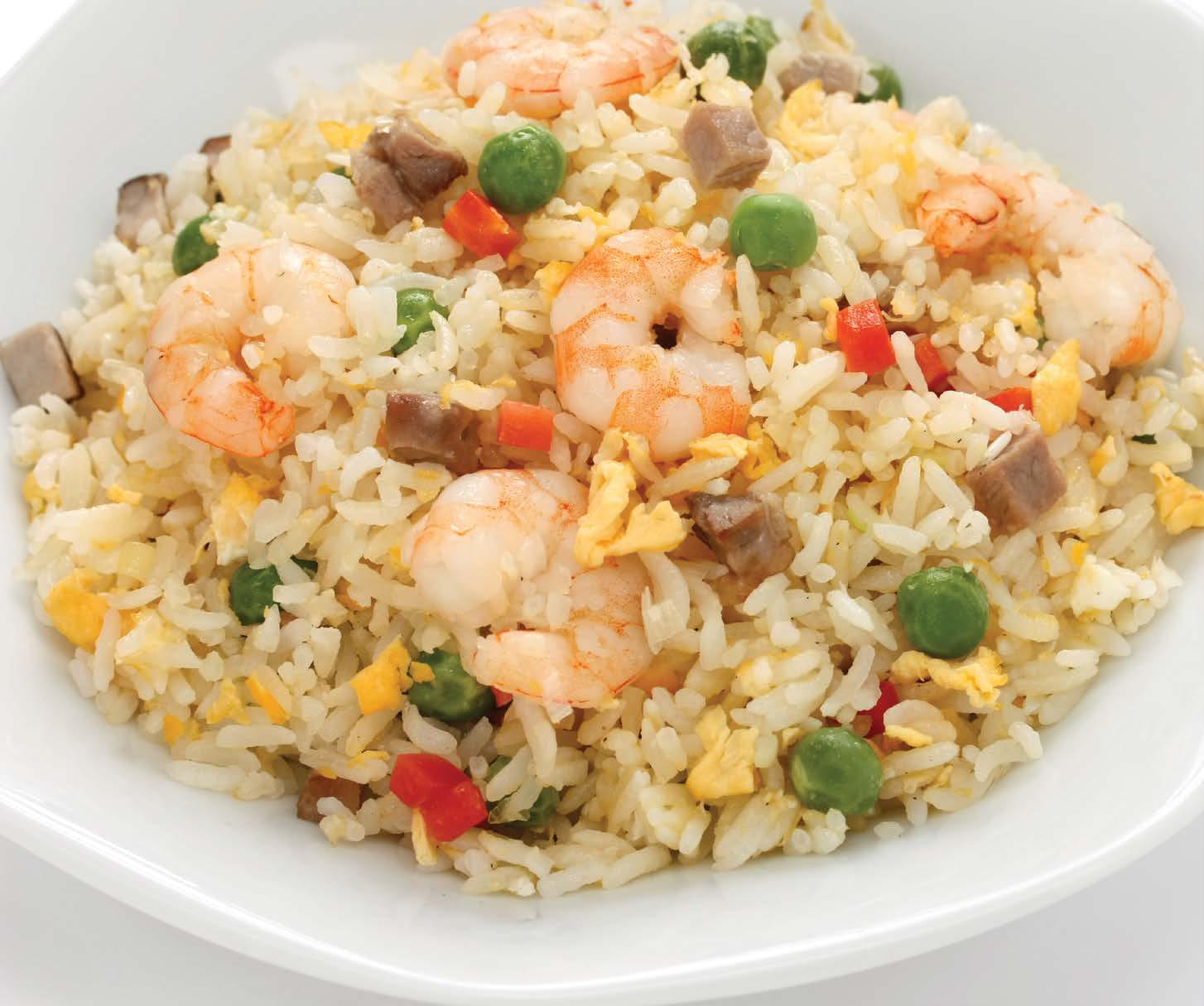
Yangzhou fried rice is one of the most famous fried rice dishes in China.

Believe it or not, the Great Wall of China is held together with sticky rice mortar.
The Great Wall of China was built to stop enemy armies. It was constructed between the 3rd century BCE and the 17th century CE. When it was completed, the Great Wall of China was the largest military structure in the world and stretched over 12,400 miles (20,000 kilometers). The secret to making the Great Wall so strong and long-lasting is that it's held together with mortar made of lime, water, and sticky rice.
The beauty of fried rice is that you can use almost any ingredients. Yangzhou fried rice typically has rice, egg, sea cucumber, chicken, ham, scallops, shrimp, mushrooms, bamboo shoots, and green peas. But if you travel to Yangzhou looking for fried rice with these exact ingredients, youre unlikely to find it. Chinese chefs and home cooks like to make their own versions of fried rice.

